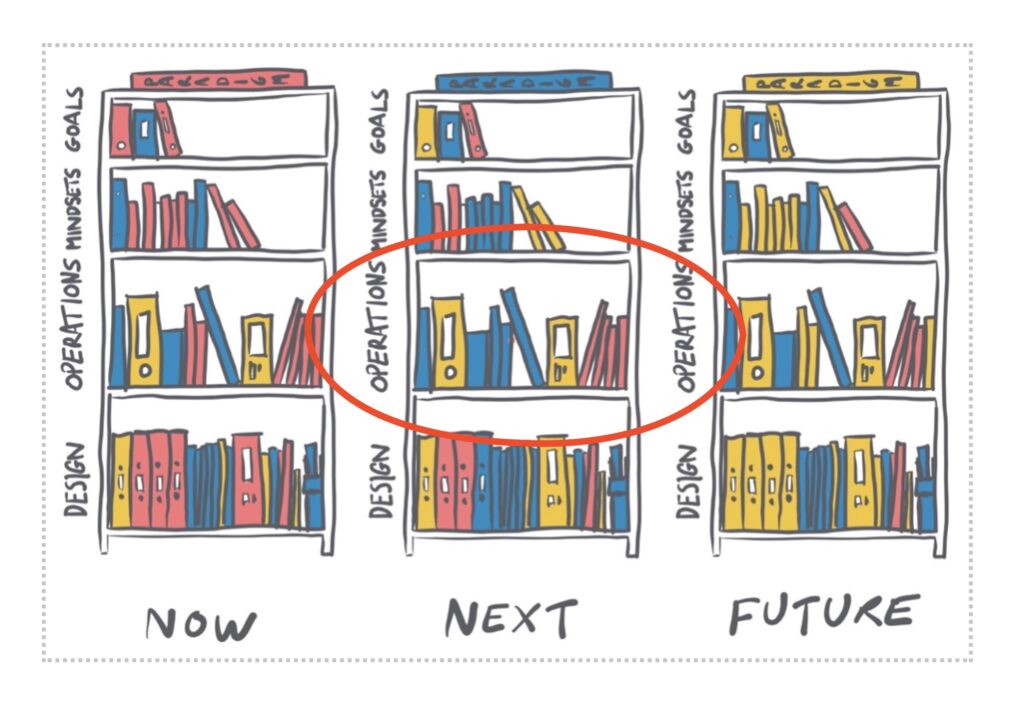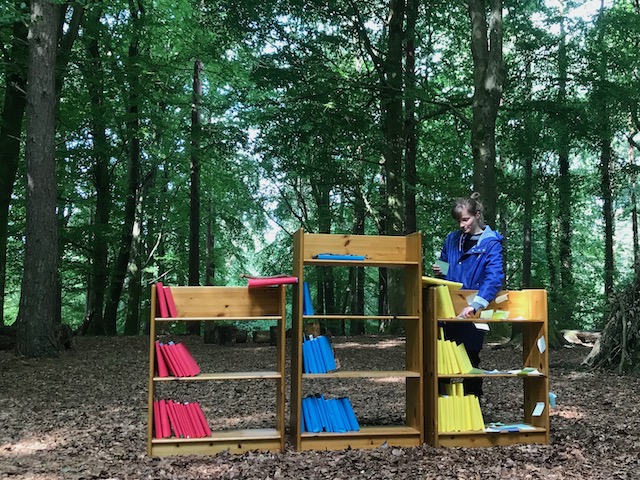The idea that construction should enhance ecosystems and communities rather than depleting them might sound like a given. After all, shouldn’t the world be genuinely better off, more resilient, thriving, and adaptable after we build something? This, in essence, is what a regenerative construction industry is all about.
However, when we start translating this approach to individual projects, we quickly encounter a plethora of barriers: supply chain restrictions, legislative hurdles, planning constraints, contractual structures, questions of long-term ownership, measurement and metrics, to name a few.
These elements present systemic structural barriers to regenerative design. While individual projects strive to push the envelope, they often find themselves swimming against the tide of system structure.
This is why the third edition of the Regenerative Design Lab gathers a team of policy professionals and designers from the built environment sector. Our objective is to identify the systemic levers we need to shift to unlock the potential of regenerative design.
The model driving our systems change is the ‘systems bookcase’, a fusion of Bill Sharpe’s Three Horizons model and Donella Meadows’s Leverage Points: Places to Intervene in a System.
We view regenerative designers as pioneers facilitating the transition to a viable, regenerative construction industry. This journey involves three primary facets: changing how we design; altering the operating structure that shapes our design approach; and adjusting the mindsets framing our entire process.

So far, the Regenerative Design Lab has focused on design and mindset shifts. In this third edition, our emphasis is on modifying the operating rules—the intersection of design and policy, ambition and practice. Here, information flows through feedback loops that promote positive behaviours and curb negative ones. Without shifts in this policy space, efforts to design regeneratively will remain constrained, and existing destructive practices will continue to be reinforced.
As of now, we have filled three quarters of the spots in the lab with leaders and future leaders from the national policy, planning, local authority, heritage, skills, institutions, and design sectors.
Our six-month Lab process will commence with a deep dive into the theory base established over the course of the first two lab programmes, followed by a focused effort to address systemic barriers to regenerative design.
The Lab uses an action learning model, where participants support each other to apply regenerative thinking in their own work. This collective experience informs the development of shared outputs in the Lab, including a policy briefing for built-environment sector policymakers.
We still have a handful of spots open for the policy lab, with a second round of applications closing in mid-September. We offer two participation pricing tiers based on financial circumstances.
We’re also offering a limited number of bursaries to individuals from underrepresented backgrounds, including (but not limited to) BAME, LGBTQ+, disabled, refugee, and asylum seekers. We’re committed to welcoming and supporting anyone eager to partake in the Regenerative Design Lab, ensuring that identity or background isn’t a barrier.
The Regenerative Design Policy Lab is made possible through support from Engineers Without Borders UK and funding from the 1851 Royal Commission.

